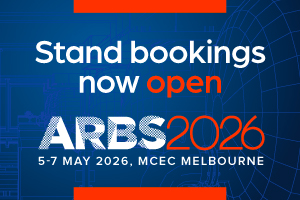The Workplace Gender Equality Agency (WGEA) has released its annual report on gender pay gaps in Australia, showing some progress towards equality during the 2023–24 financial year.
Changes in the way gender pay data are reported and analysed make comparing the data against the previous year’s findings tricky. However, the WGEA says 56 per cent of the 7,800 individual employers and 1,700 corporate groups surveyed reduced their gender pay gap during 2023–24.
The report also shows that 21 per cent of employers meet the WGEA’s target of a gender pay gap of between -5 and +5 per cent.
Encouraging signs
WGEA CEO Mary Wooldridge says it is encouraging that an analysis of both indicators shows that more than 1,100 employers (15 per cent) are already in the target range of +/-5 per cent for both measures.
“Each employer has a unique set of circumstances that impacts the size of their gender pay gap,” Wooldridge says.
“Where an employer’s gender pay gap is beyond the target range of +/-5 per cent, it indicates one gender is more likely to be over-represented in higher paying roles compared to the other. This can be a sign of structural or cultural differences for one gender within an occupation, organisation, or broader industry.
“For employers that haven’t made progress, it’s time to ask why – dig into the data to find out what’s causing any gender differences and use evidence-based solutions to address them.
“The new results, which use information reported by employers covering the time period immediately leading up to WGEA’s first release of gender pay gaps, suggests anticipation of publication generated positive flow-on effects.”
The WGEA notes that the gender pay gap is different to equal pay for equal or comparable work – which has been a legal requirement for employers since 1969.
Industry-specific data
While the WGEA sorts the statistics by industry and subcategories, there’s no specific data for the HVAC&R sector.
The data shows that the construction industry’s midpoint gender pay gap of 25.3 per cent is more than double that of the overall midpoint gender pay gap, which sits at 12.1 per cent. For comparison, the reported pay gap in construction in 2022–23 was 31.8 per cent, although this wasn’t a midpoint figure, meaning that the results aren’t necessarily comparable.
Despite the apparent improvement, the construction industry remains the most imbalanced in Australia, both in terms of the overall percentage of women working in the industry (21 per cent) and the pay gap.
The midpoint gender pay gap for the manufacturing sector is much lower: 14.1 per cent, compared to the sector’s pay gap of 18.1 per cent in 2022–23.
In wholesale trade, the midpoint gender pay gap for 2023–24 is actually higher than the previous year’s pay gap: 16.4 per cent compared to 16.2.
You can access the free data explorer via the WGEA website.
 Nick Johns-Wickberg
Nick Johns-Wickberg


Leave a Reply to Mike Capricorn Cancel reply